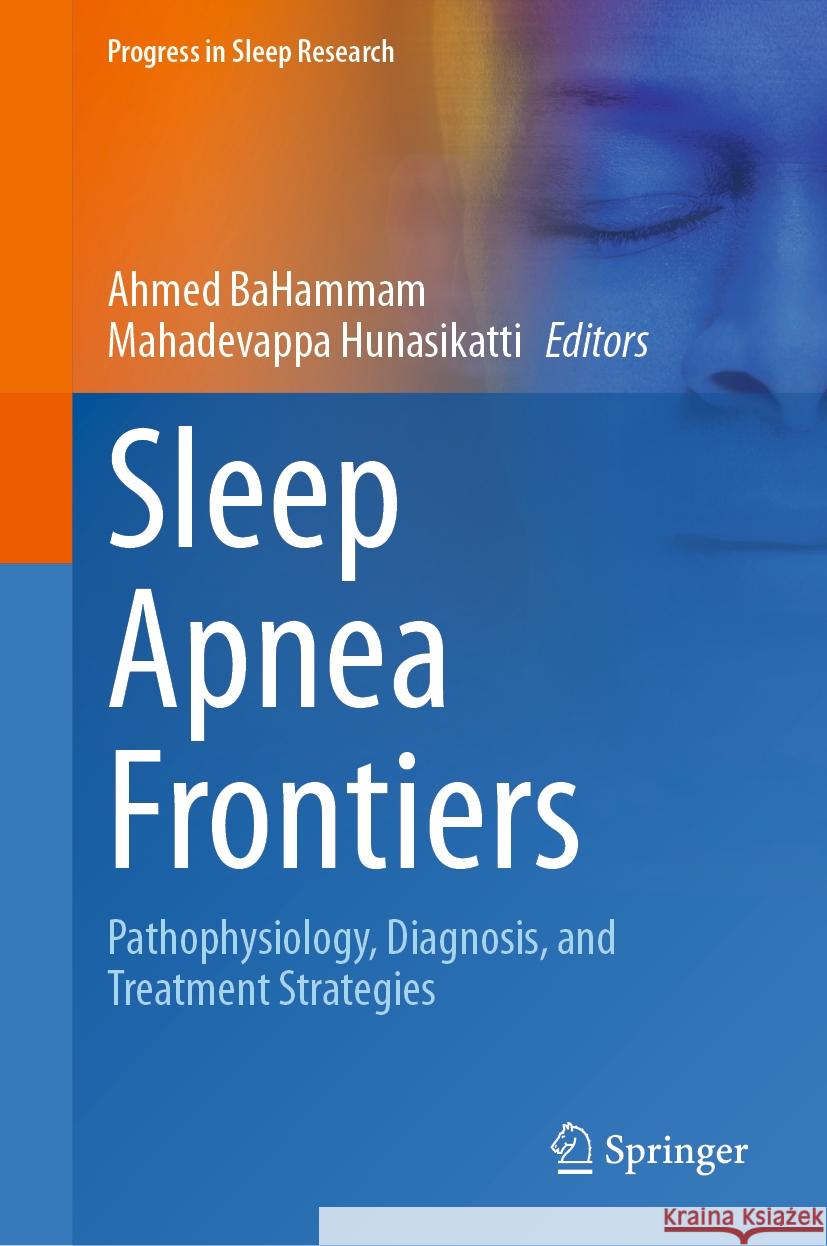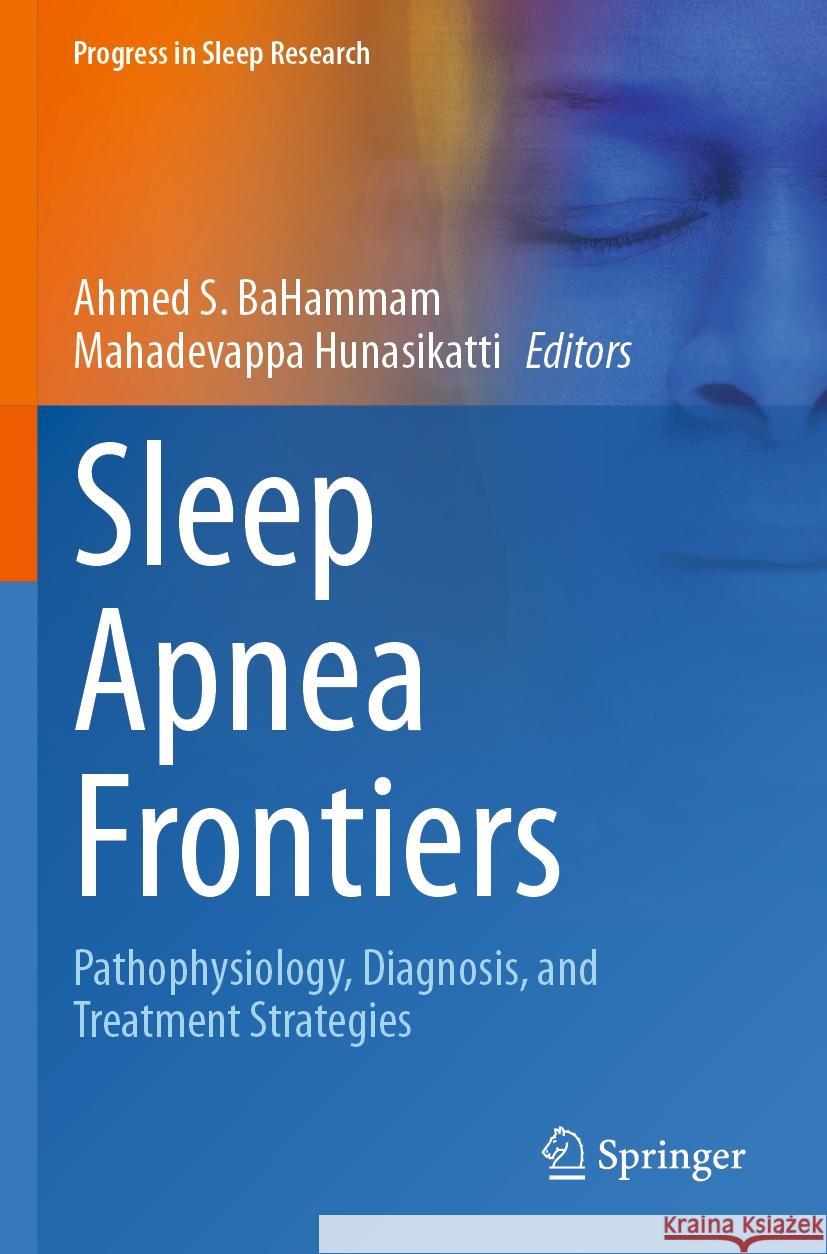topmenu
Wyniki wyszukiwania:
wyszukanych pozycji: 2
 |
Sleep Apnea Frontiers: Pathophysiology, Diagnosis, and Treatment Strategies
ISBN: 9789819979004 / Angielski Termin realizacji zamówienia: ok. 22 dni roboczych (Dostawa w 2026 r.) |
cena:
887,69 |
 |
Sleep Apnea Frontiers: Pathophysiology, Diagnosis, and Treatment Strategies
ISBN: 9789819979035 / Angielski / Miękka / 2025 / 308 str. Termin realizacji zamówienia: ok. 22 dni roboczych (Dostawa w 2026 r.) This book delves into the multifaceted world of sleep apnea, presenting the latest advancements, challenges, and perspectives in the field. The book covers various topics, including neuro-stimulator use, positive airway pressure therapies, non-PAP and non-surgical treatments, surgical interventions, diagnosis and management of various sleep apnea phenotypes and comorbidities, and special populations such as pediatric and intensive care unit patients. The book discusses the pathophysiology and mechanisms underlying sleep apnea, examining the role of circulating miRNA as a potential biomarker...
This book delves into the multifaceted world of sleep apnea, presenting the latest advancements, challenges, and perspectives in the field. The book c...
|
cena:
887,69 |










